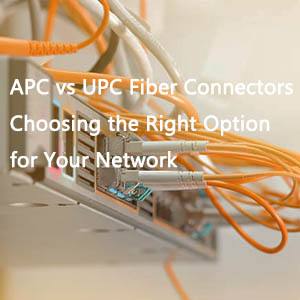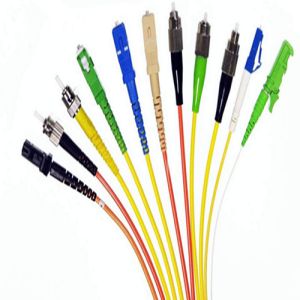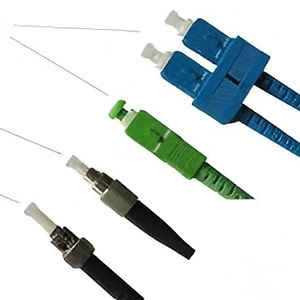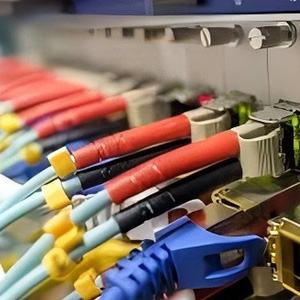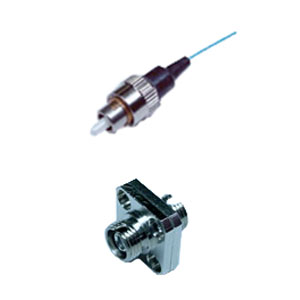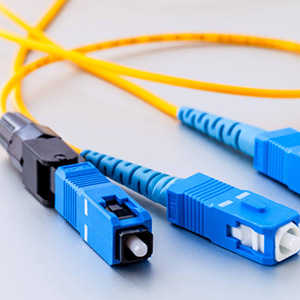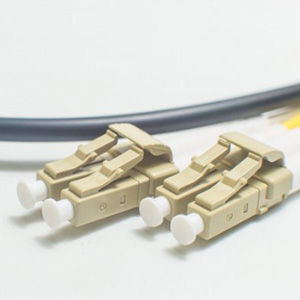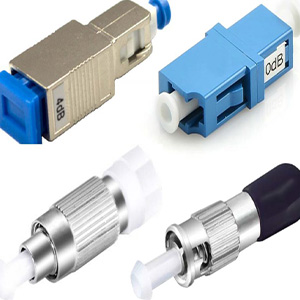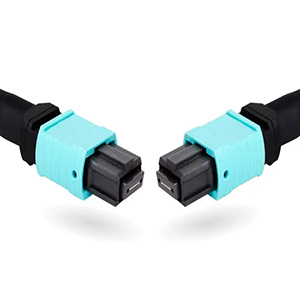FC adapters are key components in fiber optic communication systems. They are used to connect two FC connectors, enabling the transmission of optical signals with minimal loss and interference. FC adapters are designed for applications that demand high stability and durability, particularly in environments subject to vibration and other physical stresses. This article delves into the FC Adapters: Working Principle, Applications, and Selection Criteria.
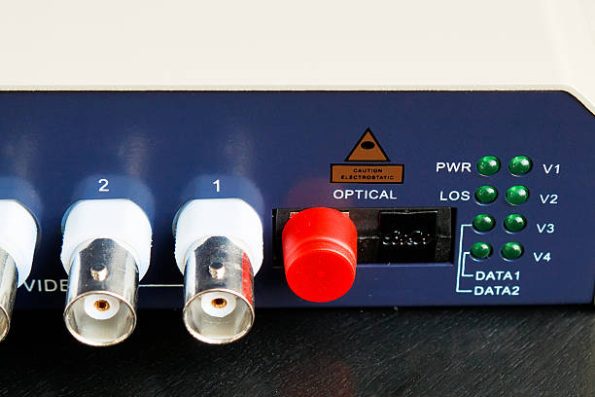
Working Principle of FC Adapters
The primary function of an FC adapters is to facilitate a precise and stable connection between two FC connectors. The adapters consists of several critical components:
- Housing: The external casing of the adapters, often made of high-strength metal or plastic, provides protection and structural support.
- Sleeve: Inside the adapter, a ceramic or metal sleeve aligns the ferrules of the two connected fibers, ensuring that the optical cores are perfectly aligned to minimize insertion loss and return loss.
- Locking Mechanism: FC adapters typically use a threaded locking mechanism, which secures the connectors in place and prevents accidental disconnection. This feature is particularly valuable in environments where vibrations or movement could otherwise disrupt the connection.
The connection process involves inserting the FC connectors into the adapters from opposite ends. The ferrules of the connectors are aligned within the sleeve, and the locking mechanism ensures that the connectors remain firmly in place. This setup allows for efficient and reliable optical signal transmission with minimal disruption.
Suitable Applications for FC Adapters
FC adapters are best suited for environments where stability, durability, and reliability are paramount. Typical applications include:
- Telecommunications Networks: In long-haul and metropolitan area networks where signal integrity over long distances is critical.
- Industrial Environments: Where equipment is subject to vibrations, temperature fluctuations, and other physical stresses.
- Military and Aerospace: In systems that require high reliability and resistance to harsh environmental conditions.
- Data Centers: Particularly in legacy systems or areas where secure, stable connections are required.
- Optical Test Equipment: Where precise connections and minimal signal loss are essential for accurate measurements.
Best Practices for Selecting FC Adapters
When choosing FC adapters, several key factors should be considered to ensure optimal performance in your specific application:
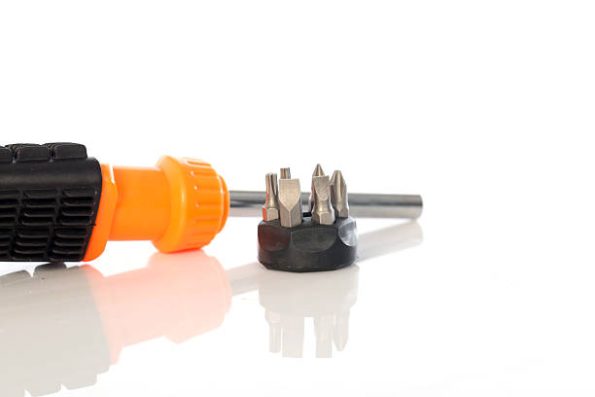
a. Insertion Loss
- Specification: Select adapters with the lowest possible insertion loss to maintain signal strength, especially important in long-distance or high-bandwidth applications. Aim for adapters with an insertion loss of less than 0.3 dB.
b. Return Loss
- Specification: High return loss (e.g., >50 dB for single-mode) is important to minimize reflections that can interfere with the transmitted signal. This is crucial in systems that require high signal fidelity.
c. Material Quality
- Housing and Sleeve: Opt for adapters with metal housings for better durability and ceramic sleeves for precise fiber alignment. These materials provide better long-term performance and resistance to wear.
d. Environmental Resistance
- Temperature and Humidity: Ensure that the adapters are rated for the environmental conditions in which they will be used, particularly if they will be exposed to extreme temperatures or moisture.
e. Compatibility
- Connector Type: Ensure that the FC adapters is compatible with the specific type of FC connectors being used (e.g., APC or UPC polish types), as mismatches can lead to significant signal loss.
f. Application-Specific Considerations
- Density Requirements: For high-density applications, consider whether the bulkiness of FC adapters is compatible with the available space.
- Installation and Maintenance: Consider the ease of installation and maintenance, particularly if frequent reconnections are expected.
Conclusion
FC adapters remain a vital component in many fiber optic communication systems, particularly where reliability, stability, and low signal loss are critical. While they have some disadvantages, such as complexity and cost, their advantages in specific environments make them an excellent choice for many applications. By carefully considering factors such as insertion loss, return loss, material quality, and environmental resistance, you can select the right FC adapters for your needs, ensuring long-term performance and reliability in your fiber optic network.


